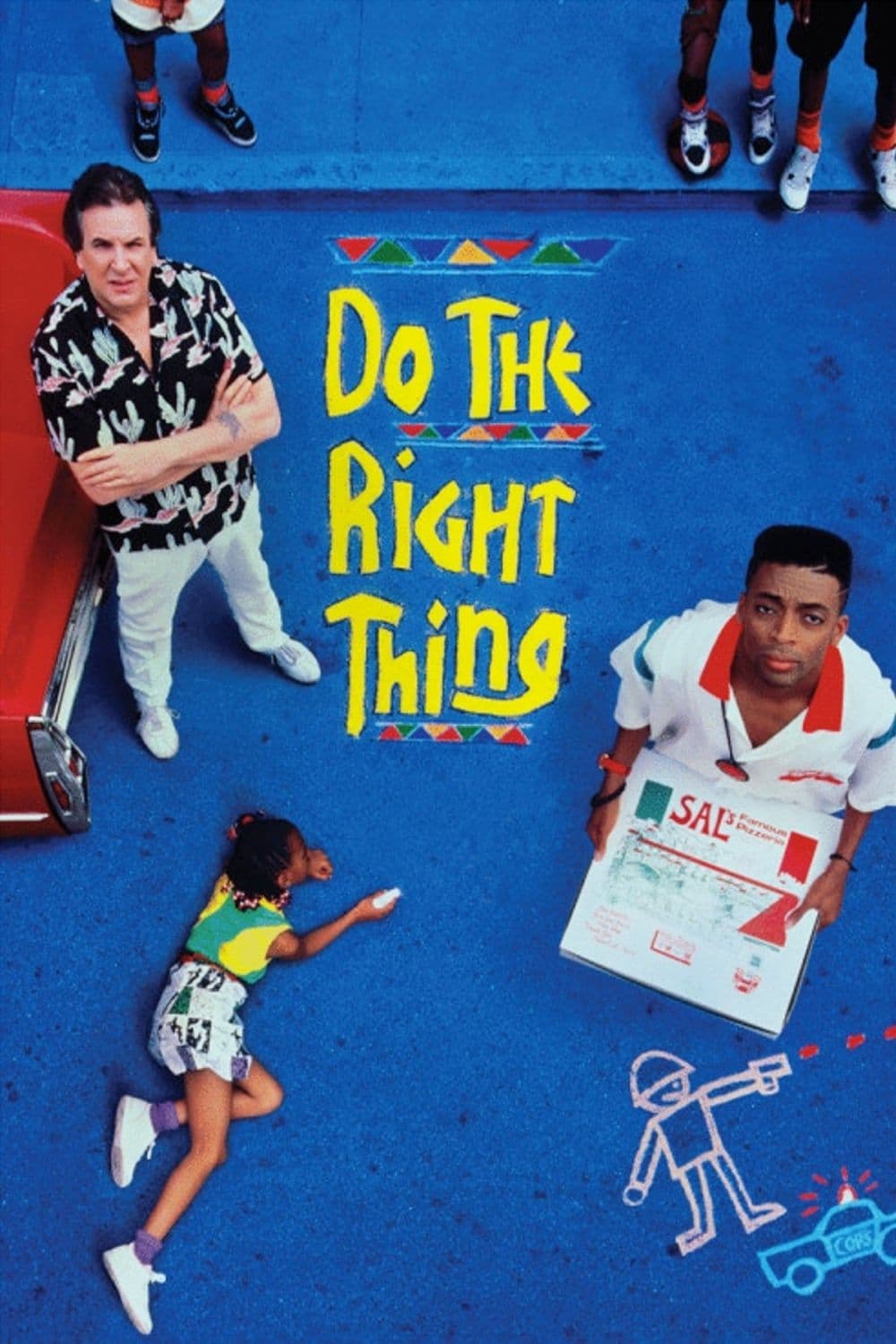
Do the Right Thing
1989
Rate this movie
Average: 5.00 / 5
(1 votes)
Director
Spike Lee reveals his talent to the world with a film of frantic and well-crafted rhythms, considered by many to be his absolute masterpiece. This is not a casual epithet, nor an enthusiastic critic's hyperbole; Do the Right Thing stands as a cinematic monument, a milestone that not only redefined African-American cinema but also posed uncomfortable questions about the nature of racial conflict in America, resonating with a power that transcends its era. It is a work that established a canon, will influence generations of filmmakers and critics, and remains perennially relevant in its relentless scrutiny of social fractures, consecrating Lee as one of the most penetrating voices in contemporary cinema.
When it was released in American cinemas, some critics associated with Republican newspapers accused Lee of inciting racial riots. This hysterical reaction not only revealed a deep misunderstanding of the film's artistic intent but also the latent anxiety of a nation unable to confront its own contradictions. It was 1989, and the debate on race was already a raw nerve in the United States, with recent episodes of racial violence fueling an underlying tension. Public Enemy's song Fight The Power, a leitmotif of the film, was considered socially subversive as its lyrics incited rebellion against institutional power, capitalism, and, in essence, the American way of life. But "Fight the Power" is much more than a mere soundtrack; it is a character in itself, a pulsating heartbeat, a battle cry that permeates every scene, elevating the tension with its raw energy and unequivocal rhetoric. Its constant presence amplifies the sense of a profound injustice simmering beneath the surface, suggesting that demands for change are now unavoidable, not a mere suggestion of violence, but the expression of repressed discontent destined to explode.
The film's chronological arc unfolds over a single day spent in a Brooklyn neighborhood. This urban microcosm, Bedford-Stuyvesant, becomes a stage for a modern Shakespearean tragedy, a vivid and pulsating fresco of humanity grappling with the scorching heat of a New York summer, which is not merely a climatic condition but a palpable metaphor for oppression, irritability, and the exacerbation of tensions. The owner of a pizzeria, Sal Fragione, suffers a "theft" not of material goods, but of dignity and cultural recognition, embodied by Buggin' Out's demand to include Black faces on the pizzeria's "Wall of Fame," which is dominated solely by Italian-American icons. It's not a theft, but rather an affront to his certainties, a catalyst for a larger conflict. Dubious characters – in reality, a kaleidoscope of complex human types, each with their own shades of virtue and prejudice, from Buggin' Out's intransigent idealism to Da Mayor's bitter wisdom, passing through Radio Raheem's ambiguous energy and Mookie's resignation – will brave the suffocating heat to interact, clash, and overpower one another, in a whirlwind of hostile actions fueled by misunderstandings, micro-aggressions, and a deep, visceral weariness.
At a certain point in the film, one has the impression of being entangled in an endless chain of cause-and-effect, accompanied by a frustrating sense of powerlessness combined with a morbid curiosity to know how it will end. Lee orchestrates this ascent to the climax with the mastery of a conductor or a theatrical playwright, each interaction, every skewed glance, every thoughtless word acting as a drum beat drawing closer to the inevitable. The tension is palpable, almost suffocating, also thanks to the skillful use of color – the fiery reds and oranges of Ernest Dickerson's cinematography enveloping the neighborhood in an aura of imminent catastrophe – and the rhythmic editing that amplifies the sense of claustrophobia. There is no true traditional "villain"; the tragedy is the product of a system, of deep-seated fears and communication failures that accumulate until they explode in a final sequence of shocking brutality. The ambiguity of the ending, with Mookie throwing the trash can through the storefront window, offers no catharsis but leaves the viewer in a limbo of reflection, compelled to confront their own ethics and perception of justice.
An emblematic film for a closer understanding of racial tensions in the human anthill known as New York. Do the Right Thing paints a multifaceted and painfully authentic picture of interracial dynamics, not limiting itself to the Black/white dichotomy, but also exploring internal frictions within the African-American community, relationships with Korean and Hispanic immigrants, revealing the complexity of a multi-ethnic society where prejudices lurk in every corner, ready to explode under the pressure of social unrest. Spike Lee does not adopt any moralistic stance nor does he stand in judgment; he simply documents through chronicle, moving his characters and narrating the story with great expressive vigor. His direction is an act of keen observation, not condemnation. He invites us to watch, to listen, to feel the heat and anger that seethe, without providing easy answers, but by posing urgent questions. His choice to end the film with two contrasting quotes from Martin Luther King Jr. and Malcolm X – one on non-violence, the other on defense by "any means necessary" – is a stroke of genius, encapsulating the eternal dilemma of the struggle for racial justice and forcing the audience to confront moral ambiguity and the frustrating absence of a single solution. It is in this brutal honesty and its unmistakable cultural resonance that its lasting greatness lies, a film that not only made cinematic history but continues to make us question what it truly means to "do the right thing" in a world that seems to never learn.
Country
Gallery
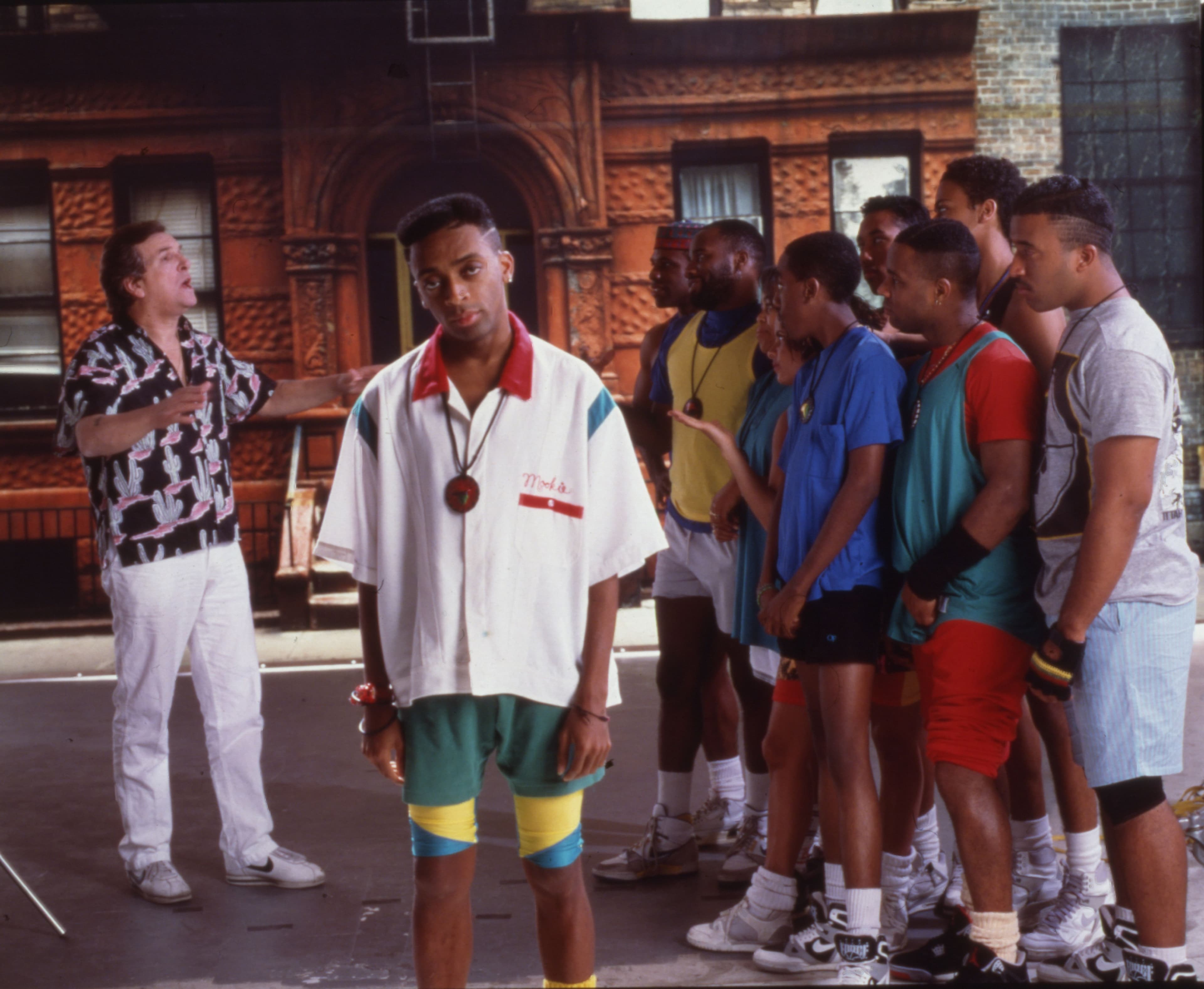
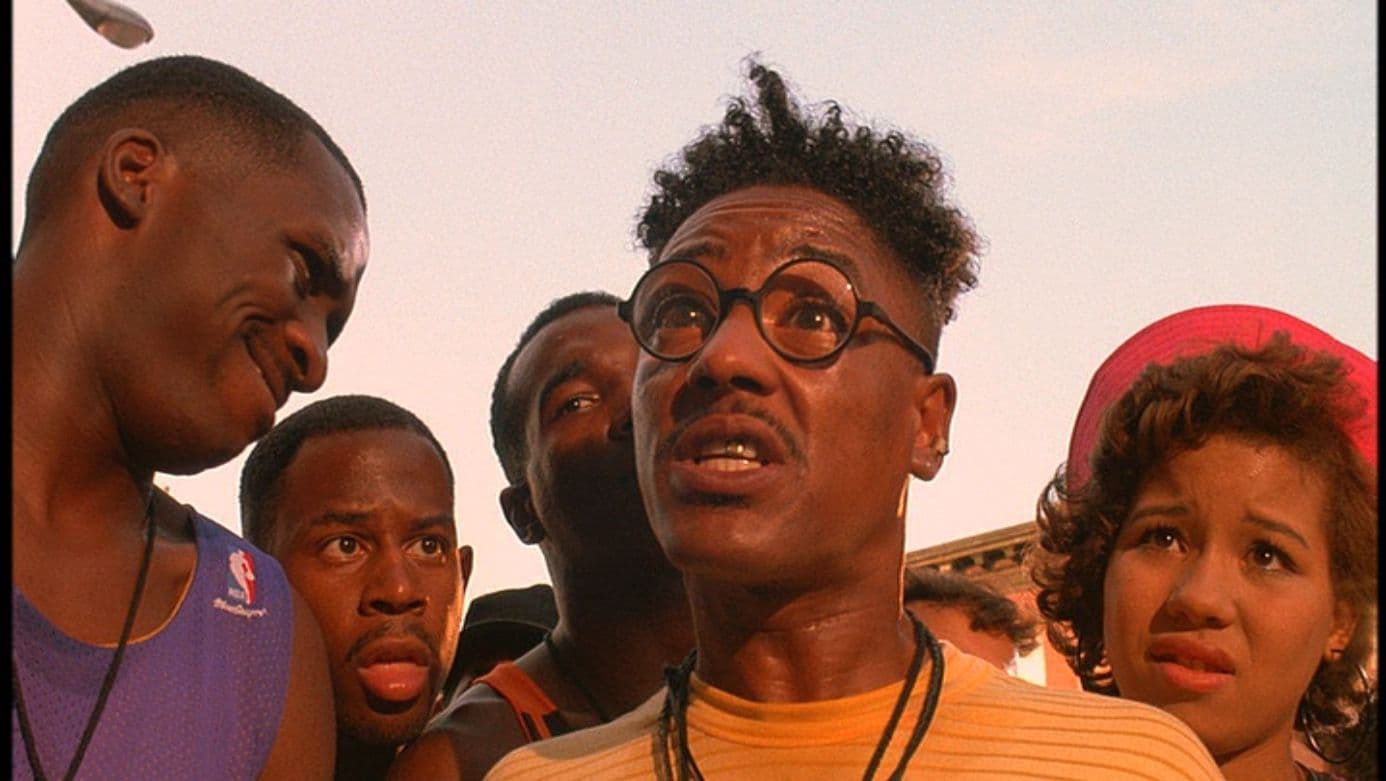



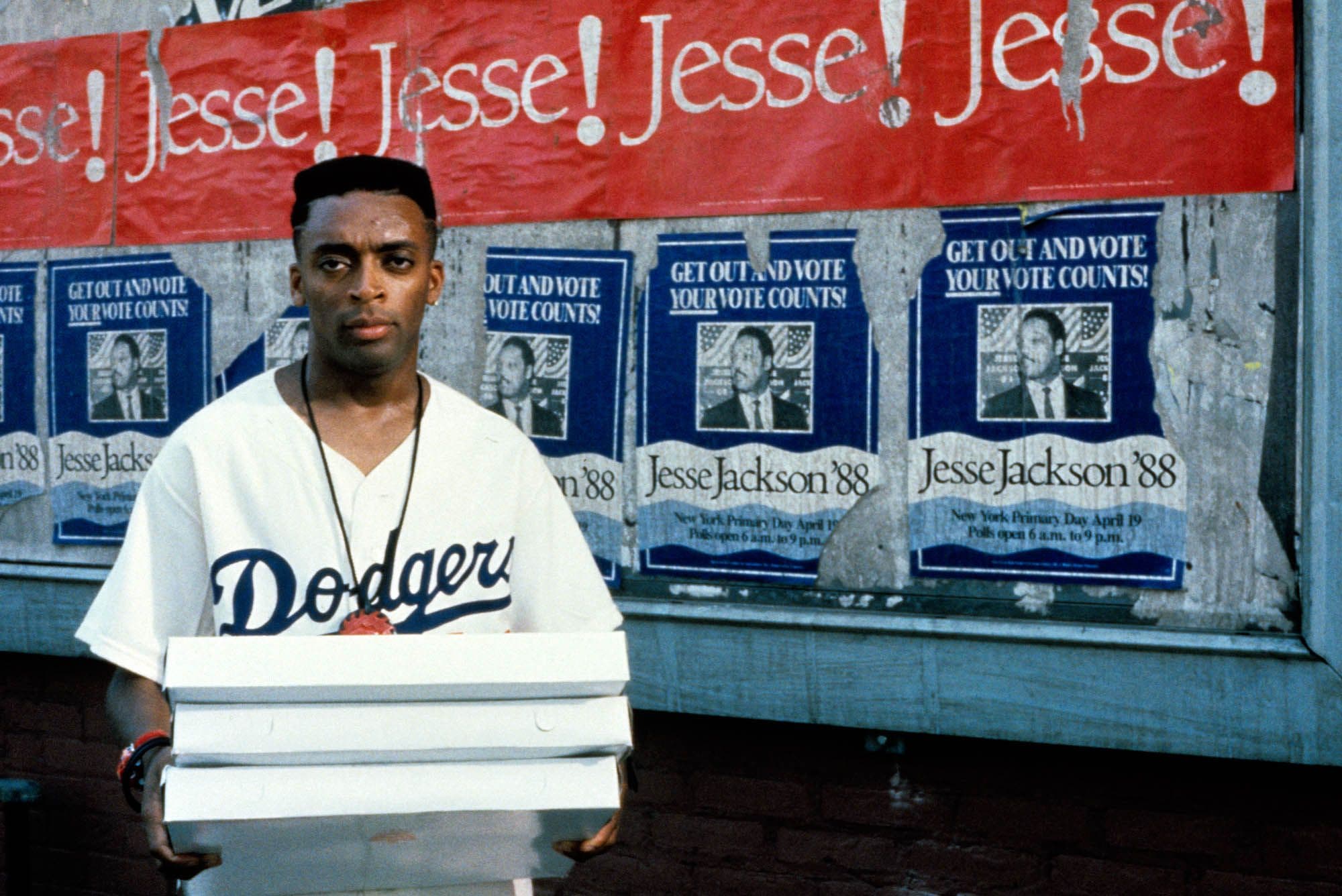
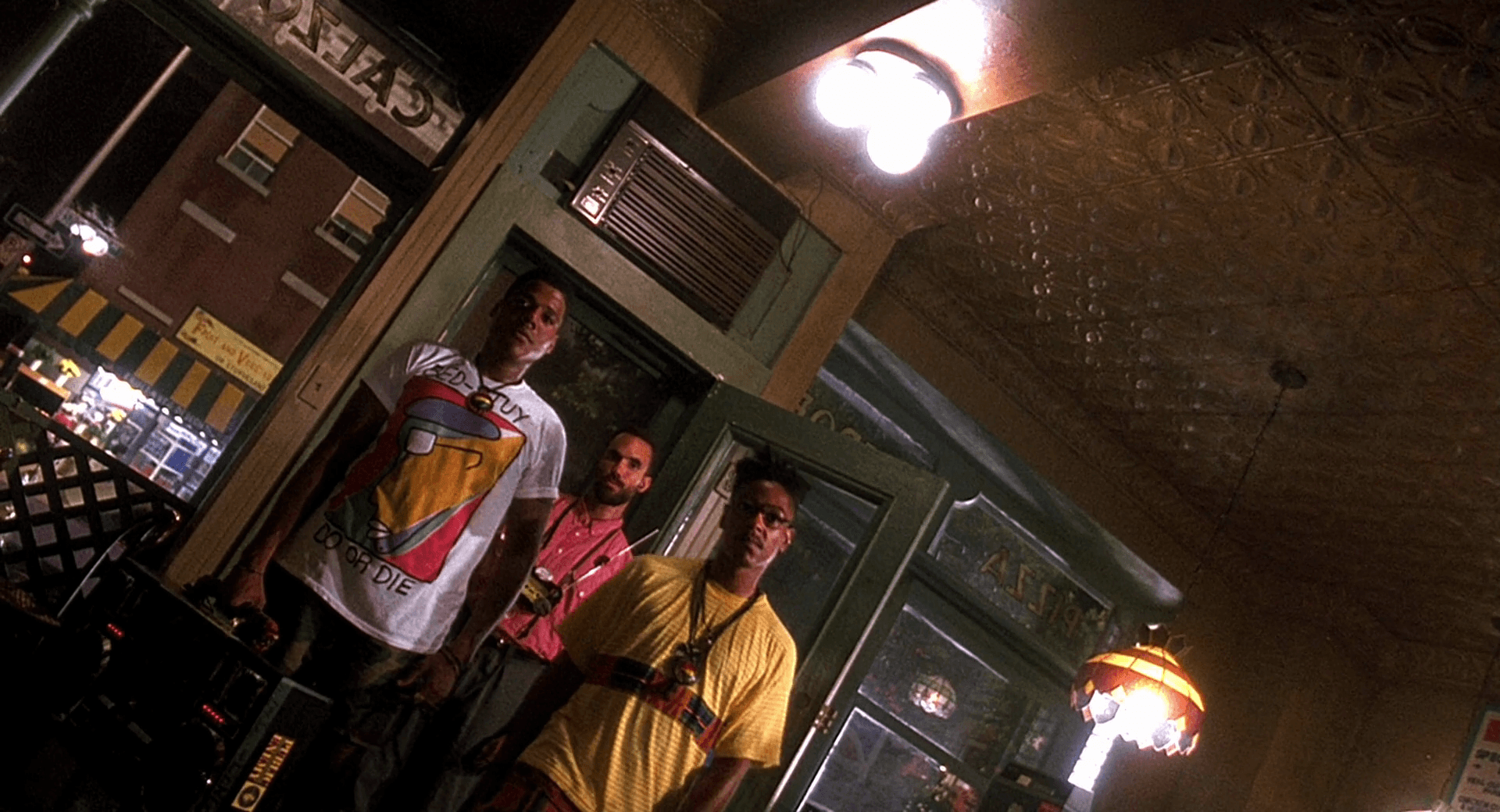
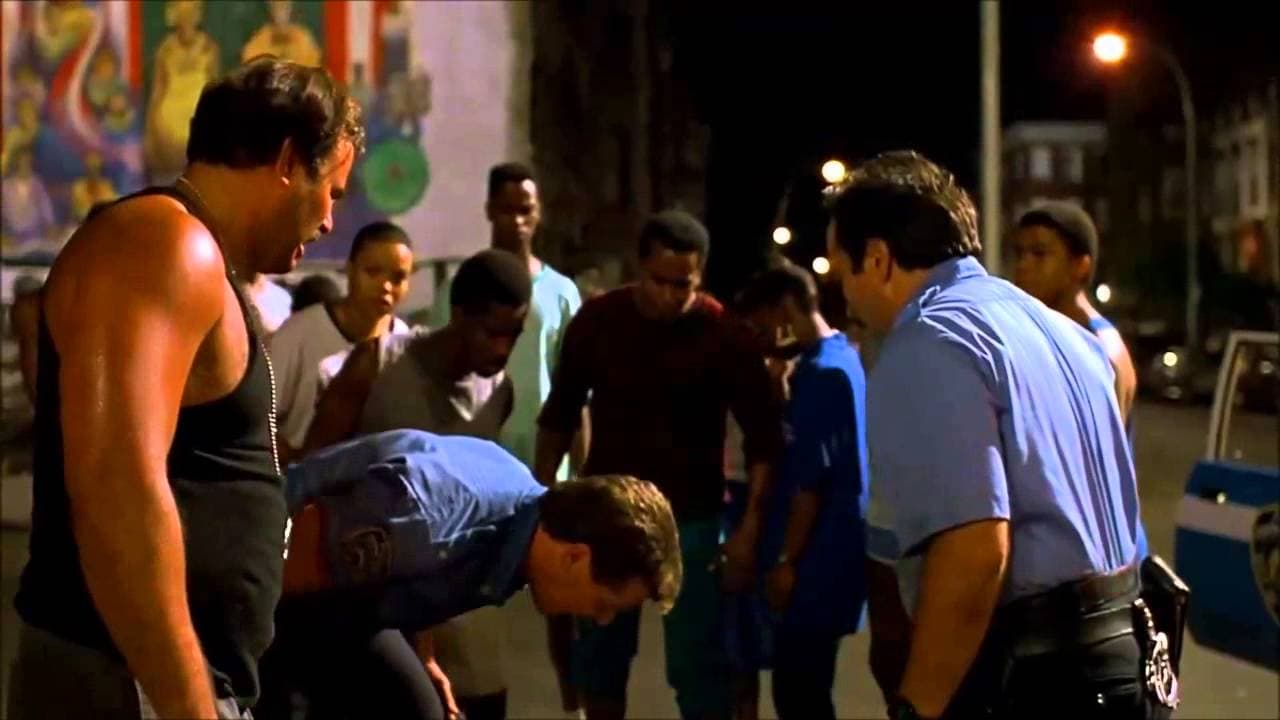
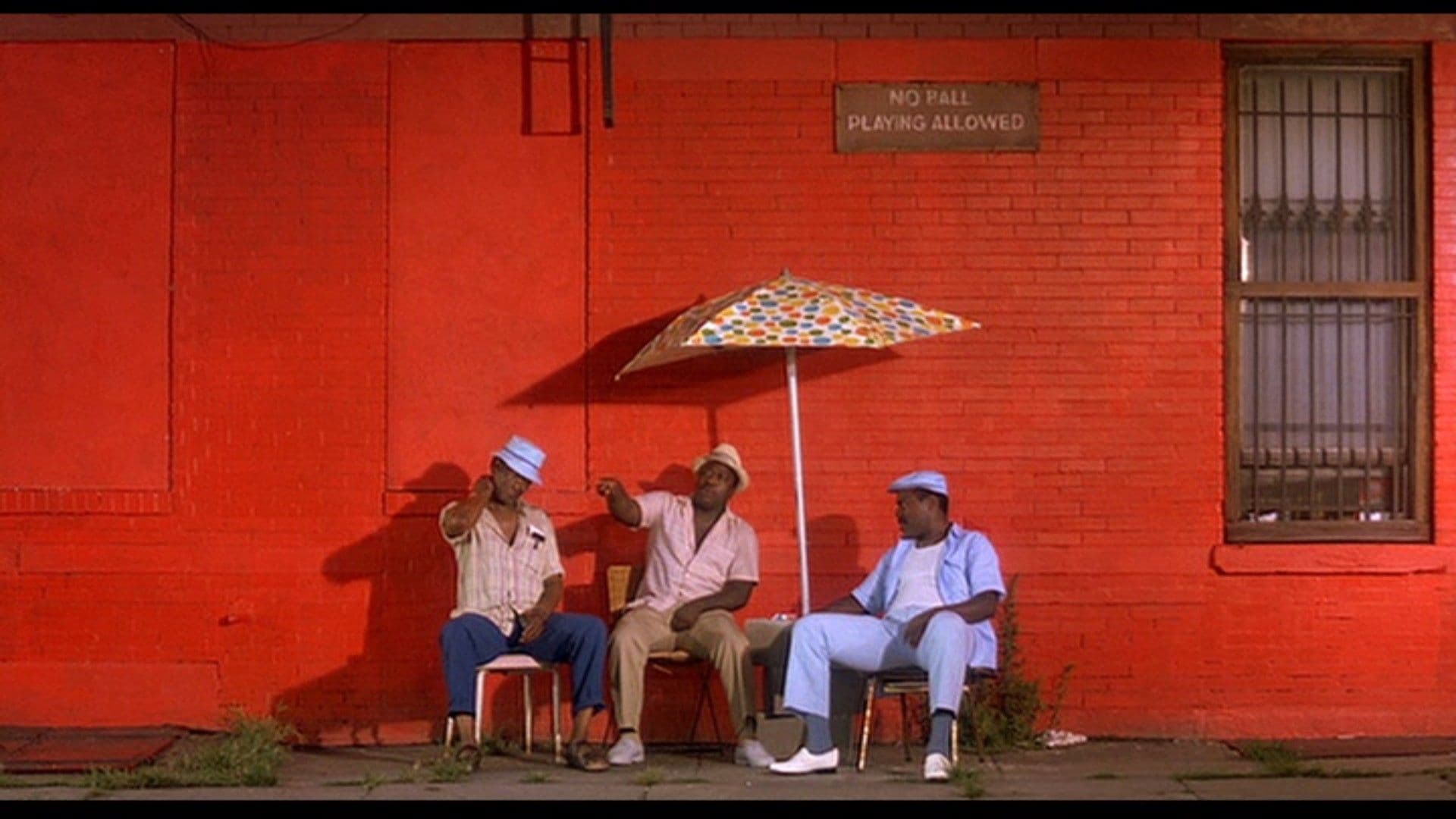
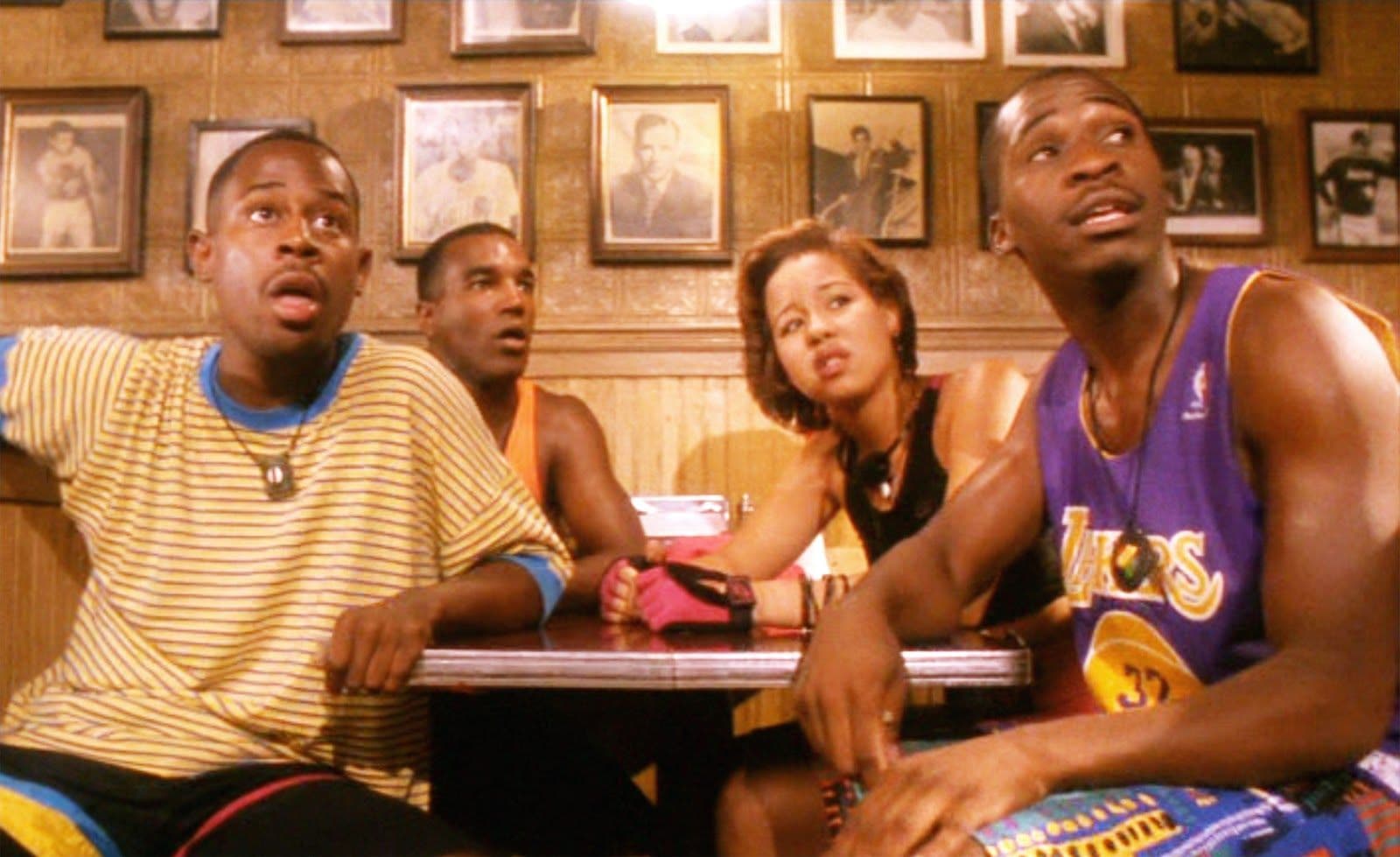
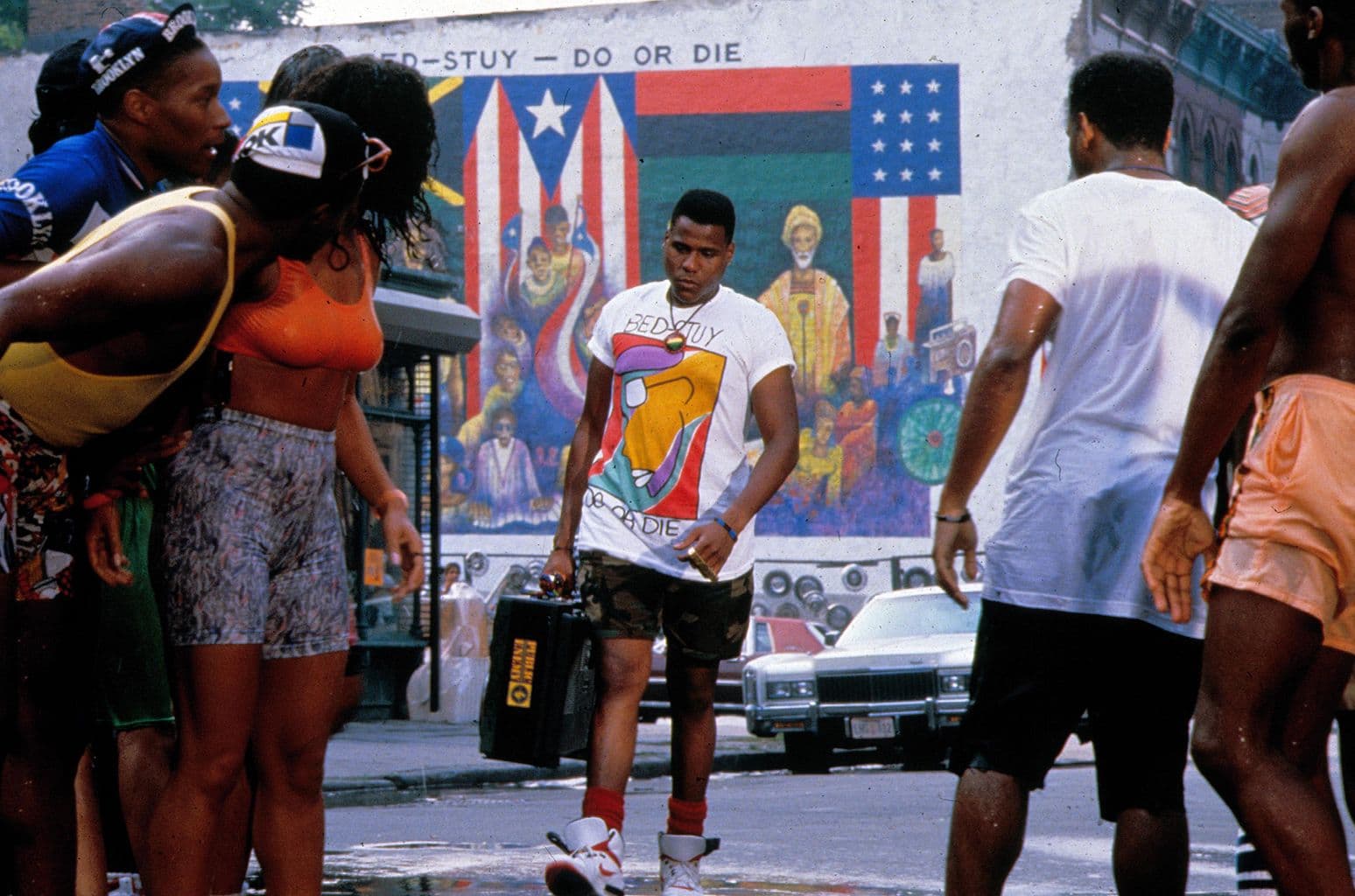
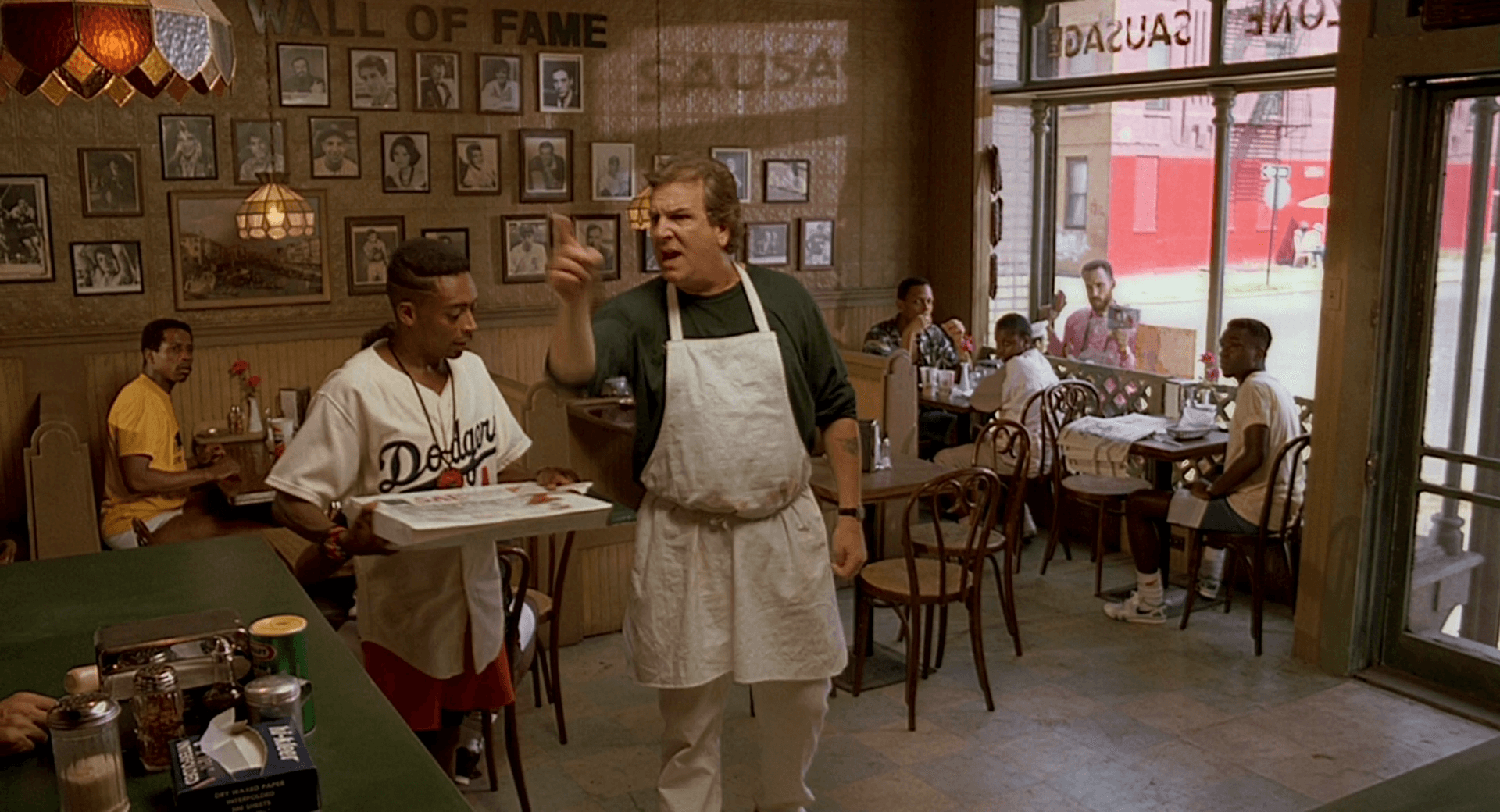
Comments
Loading comments...